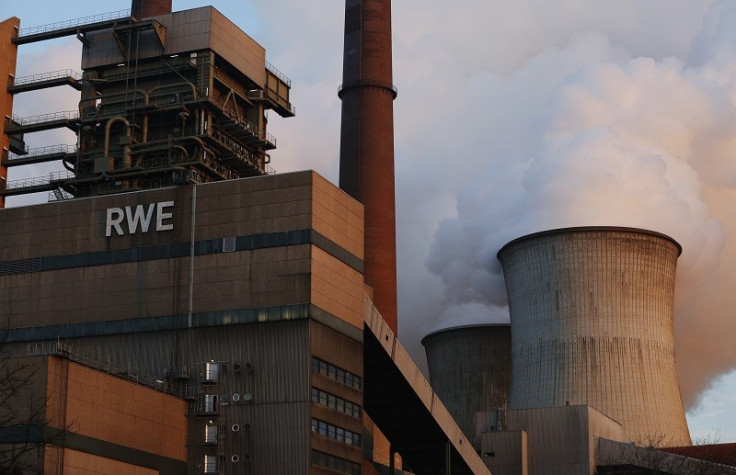Is the US Exporting Pollution As It Reduces Its Carbon Emissions?

The US Environmental Protection Agency's (EPA) Clean Power Plan to curb greenhouse gas emissions has been welcomed by environmental advocates, but the move has also raised concern as the country's coal finds its way abroad.
The plan is to cut coal use by almost half while boosting power from natural gas, nuclear plants and renewable energy.
Last year, coal provided 39% of the nation's power generation and, even without the EPA carbon rule, is projected to drop to 32% by 2040, according to the US Department of Energy's Energy Information Administration.
In the last six years, the US has reduced domestic coal consumption by 195 million tons. However, more than 20% -- about 118 million tons -- of that coal found its way abroad, accounting for about 10% of worldwide coal exports in 2013.
One of Germany's newest coal-fired power plants in the Ruhr Valley – the 750 megawatt Trianel Kohlekraftwerk Luenen GmbH & Co power plant -- relies entirely on coal imports, half of which come from the US.
Soon, all of Germany's coal-fired power plants will be dependent on imports, with the country expected to halt coal mining in 2018.
US exports of power plant-grade coal to Germany have more than doubled since 2008. In 2013, Germany ranked fifth, behind the United Kingdom, the Netherlands, South Korea and Italy in imports of US steam coal, the type burned in power plants.
As a result, Germany's carbon dioxide emissions grew by 1.2% last year, largely due to burning coal.
Coal is cheaper than natural gas. Generating electricity by burning coal currently makes a profit of 9.16 euros a megawatt hour, compared with a loss of 19.31 euros a megawatt hour from gas, according to data compiled by Bloomberg. This is the widest gap between the two fuels for at least four years, according to data compiled by Bloomberg.
Obama pretties up his own climate balance, but it doesn't help the global climate at all if Obama's carbon dioxide is coming out of chimneys in Germany.
The low prices in the carbon market in Europe allow companies to easily buy polluting rights.
Germany has built five new coal plants since 2008, adding 4,286 megawatts of new generation, according to Bundesnetzagentur, the grid supervisor.
The country plans to add 6,661 megawatts in coal-fired plants from 2014 to 2018, while retiring older coal plants that produced 3,779 megawatts.
"This is a classic case of political greenwashing," said Dirk Jansen, a spokesman for BUND, a German environmental group. "Obama pretties up his own climate balance, but it doesn't help the global climate at all if Obama's carbon dioxide is coming out of chimneys in Germany."
In the global accounting system set up to track carbon dioxide emissions, only fossil fuel consumed inside a nation's borders is counted when calculating that country's greenhouse gas emissions.
Less coal burned at home allows for a reduced emissions graph, showing for the US almost a 10% reduction from 2005 levels.
But when polluting coal finds its way to other nations, the net effect on the atmosphere is the same.
Global carbon dioxide emissions from burning fossil fuels continue to rise, poised to cross 36 billion metric tons (39.683 billion tons).
The concentration of CO2 in the atmosphere has risen from about 315 parts per million (ppm) in 1960 to around 393, according to the Scripps Institution of Oceanography.
© Copyright IBTimes 2024. All rights reserved.






